There are times as a rabbit breeder that you will find yourself with an orphaned or abandoned litter. It is generally a great idea to breed more than one doe at a time so that you have the option to foster; but sometimes fostering isn’t possible. Newborn rabbits (called kits) can be difficult to hand-raise successfully and you can have losses. If you do have a lactating doe to work with and its just a case of too many kits for one doe to raise, something I have done in the past to improve the success of hand-feeding is create one large litter out of two and then co-raise the kits. I rotate the kits so that each morning the mom feeds eight of them and I fed the rest. The fullest kits from the mom’s feeding are then kept back to be fed formula the next day. In this way, I can ensure that every kit is fed by the new mom at least every other day. If you are mixing litters of the same variety, nail polish is one way to mark kits so that they don’t get mixed up.
If you do decide to give bottle-feeding a try, you can usually put together a hand-feeding kit using everyday objects that you already have on hand in your home. I prefer a glass eye-dropper and I have heard of people having success with the corner of a small makeup sponge. In addition, you will need raw goat milk or goat milk powder, corn syrup, egg, cotton swabs, and some rags or small towels.
One of the most common mistakes with raising kits is overfeeding. A doe will only feed her kits once or twice in a 24 hour period. If you feed your kits too often, is likely to cause bloat. Only feed your kits every 12 hours at most.
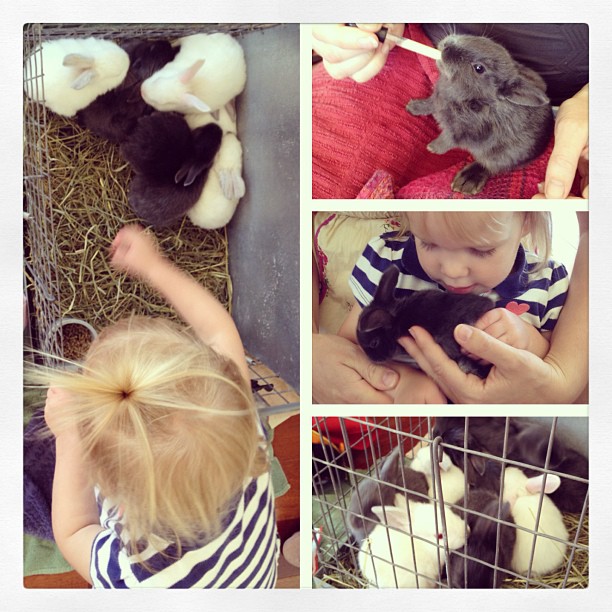
Until the kits are about a week old, you will have to stimulate them to urinate. Do this with a warm moist cotton swab on their genitals. If they were being fed by their dam, she would lick them to promote urination.
I have found that formula seems best received at room temperature. In order to keep them dry, wrap newborn kits up in a rag or cloth with just their faces peeking out. I prefer 1 mL glass eye droppers to deliver the food and the kits quickly learn how to drink from them. Begin very slowly with just a drop or two at a time so that the kit does not aspirate. At about a week old, kits will drink three to seven mLs before either falling asleep or refusing the dropper. Feeding takes time: when first starting out, it will take a half hour to an hour to feed each kit. At about 2 ½ weeks it takes each kit about nine minutes to drink.
Extra formula can be saved and reused; but don’t reuse formula beyond two days. Be sure to sanitize your tools between feedings. If you have access to any, leave some of a dam’s dropping in the nestbox – it is one of the first things the kits will begin to nibble on as they get older and is thought to help provide necessary gut bacteria to aid their digestive systems. Good luck!
Supplies You'll Need
Corn syrup
Egg
Rags or small towels
Cotton swabs
Formula Recipe
½ cup raw goat milk (or ½ cup warm water + 3 tbsp Whole Goat Milk Powder)
MIXED WITH
½ tbsp Light Corn Syrup
1 egg yolk

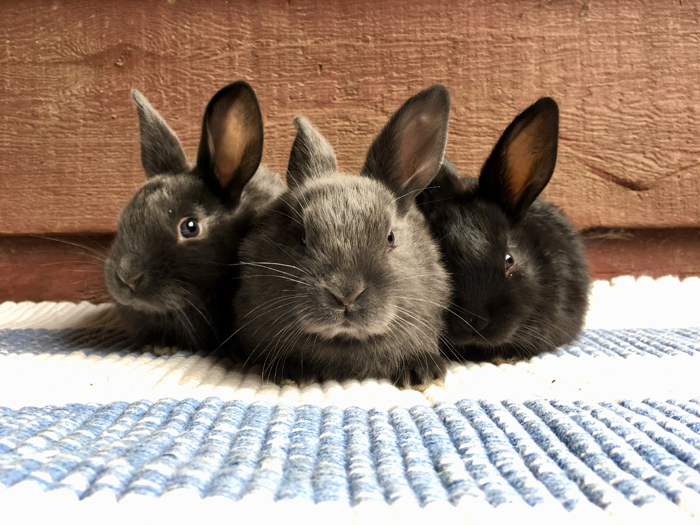
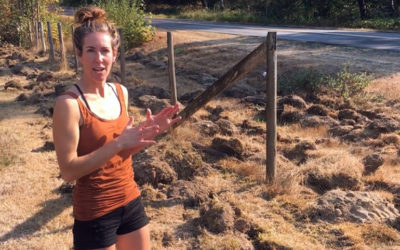
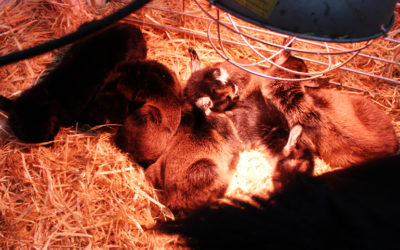
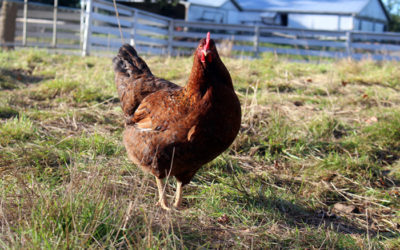
0 Comments